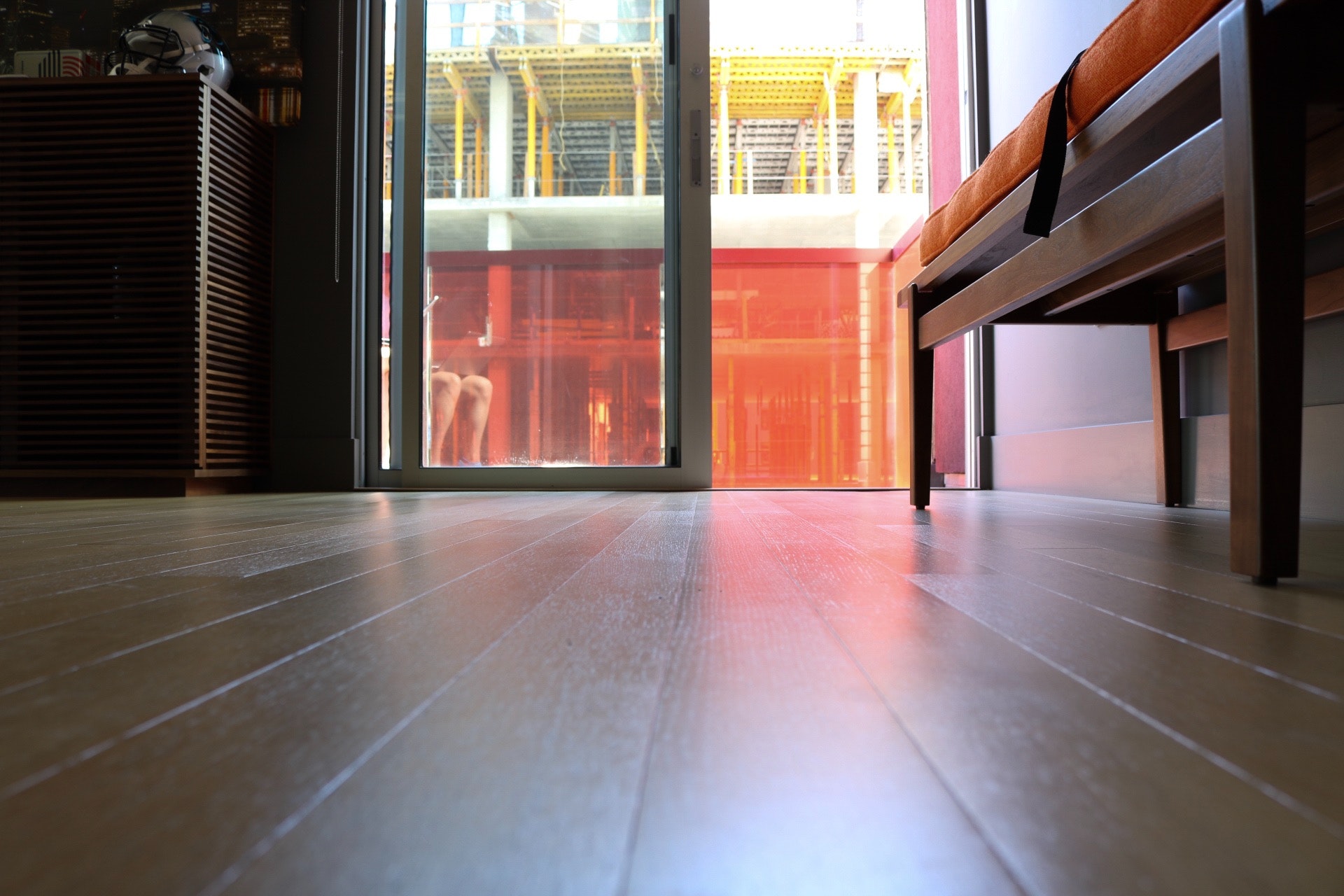Floor compound is also known as self-levelling compound and is a type of liquid screed. It can get confusing because there are several different terminologies used to describe much the same thing.
A floor screed is used to produce a surface on top of the concrete substrate that is as level as it can possibly be, so that the final floor surface – be it tile, vinyl, carpet, wood, or whatever – can be laid completely flat and without, in the case of something like tile, the chance of it cracking. If you lay tile on an uneven surface and then people walk on it, it is highly likely that the tiles will crack, and that is the last thing that you need. This is why a screed, or floor compound, is used.
To confuse matters further, there are several different types of screed. Traditionally, a sand and cement screed has been used for very many years, and this is simply a mix of sand, cement, and water. This can be mixed on site in a cement mixer or today can be delivered ready mixed. The latter is preferable because the mix will be exactly the same, whereas one lot of screed mixed in a cement mixer on site can easily be different from the next because the sand and cement is shovelled in by hand. Ready mixed sand and cement screed contains additives so that it can last all day without drying out.

Sand and cement screed is then trowelled on by labourers on hands and knees who endeavour to get the screed as level as possible. This is a lengthy process and can hold up other trades on site.
The floor compound in London, or liquid screed, that we install at UK Screeds, is also delivered to site ready mixed and is far quicker to lay than sand and cement because we pump it on to site through a large hose. It is also known as self-levelling compound because, being a liquid, it does exactly that. If you pour water into a glass it will settle, and the top surface will be flat, and the same is true of a liquid screed.
Our liquid screed is the screed of choice for use with underfloor heating. This is because it will totally cover all the heating pipes leaving no gaps or spaces, whereas getting a sand and cement screed to achieve that is difficult. This means that a liquid screed will transfer the heat evenly into the room above with no cold spots or hot spots. Furthermore, the thermal properties of a liquid screed are around double those of sand and cement, so less energy is required to achieve the same level of heat.
Just to confuse matters further, there are different types of liquid screed which use different materials. Broadly speaking, there are anhydrite screeds and liquid cement screeds. We can supply either at UK Screeds.
An anhydrite screed uses anhydrous, or dry, calcium sulphate and aggregates and when water is added they form calcium sulphate dihydrate, otherwise known as gypsum. The liquid cement screed we supply at UK Screeds uses cement in place of calcium sulphate. Different manufacturers use different additives, each of which is claimed to make their product superior to another.
Our liquid screeds do have several advantages over traditional sand and cement. For one thing, apart from being so much quicker to lay, they are also quicker drying. You can walk on a liquid screed that we have installed within 24 – 48 hours after laying, so this means that other contractors on site are not held up waiting for days on end before they can get back to work. Furthermore, our liquid screed is far less subject to shrinkage or curling at the edges which can happen with sand and cement.
Anhydrite screed does have one disadvantage and that is that as it dries it produces a layer of laitance on the surface. It is critical that this is removed before the final flooring is laid. This means that between seven and ten days after laying, we need to sand the floor using a floor sander. If this is not done, there can be serious problems when attempting to lay tiles on to it.
Our liquid cement screed does not produce laitance, and it has one other advantage which is that it can be used in wet rooms. You cannot use anhydrite screed in wet areas because if any water or damp gets into it there will be serious problems.







